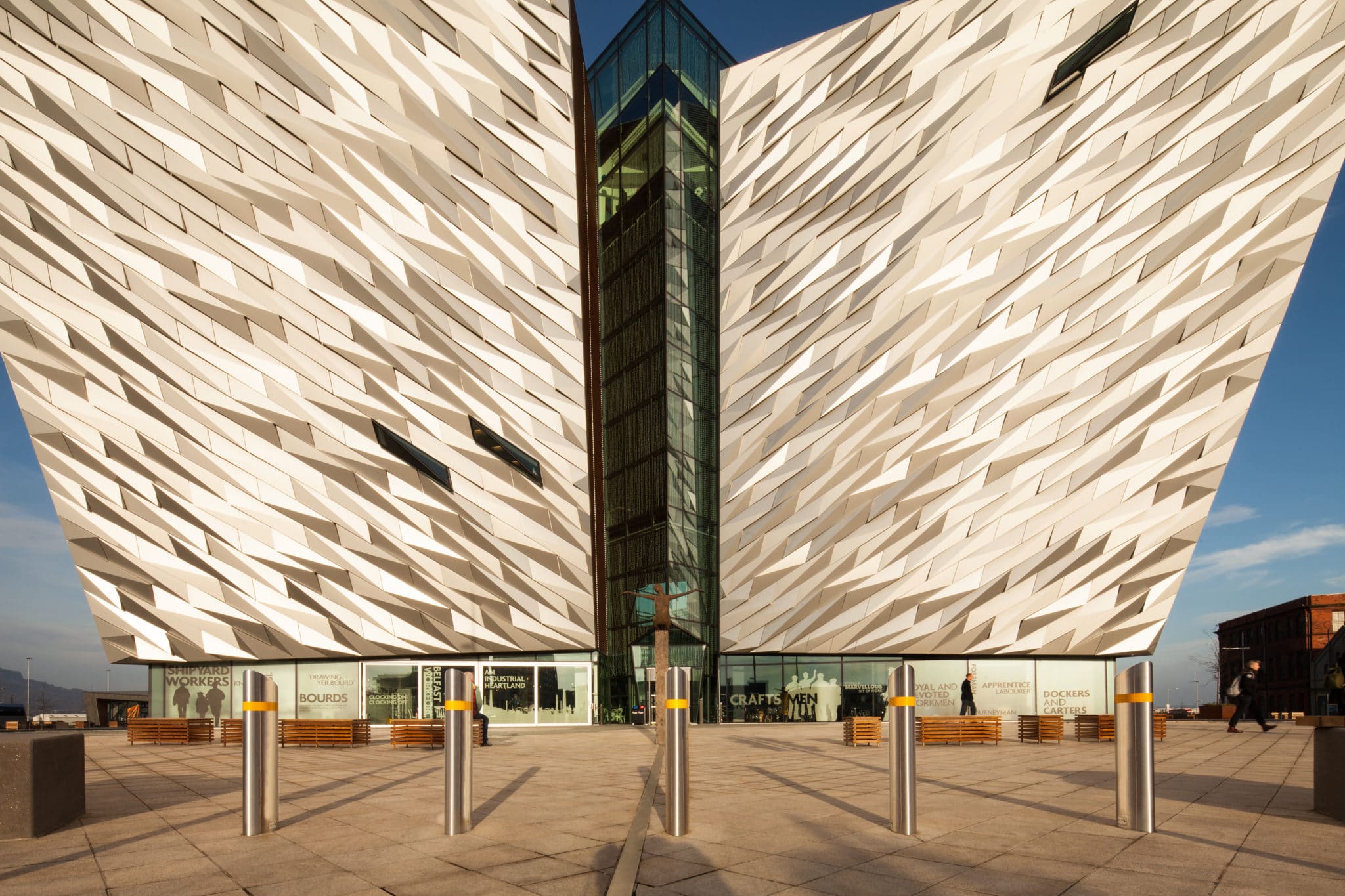
Security Journal UK catches up with Marcus Gerrard, Director of anti-terrorism bollard and barrier manufacturer, Safetyflex Barriers.
Could you tell us about the solutions that Safetyflex provides?
Safetyflex was born out of a small family company called GME Springs which has over 40 years of experience manufacturing suspension systems for the automotive, rail and MOD sectors. In 2015, we developed the technology further to design and produce unique spring steel security systems that can stop vehicle terrorist attacks against any key asset.
With 30 products in our range, our bollards, barriers, fencing and gates are all crash tested to PAS68 and IWA14 standards and have patents in the UK and around the world. We are also a major supplier to shopping centres and stadia across the UK.
Our ‘Truckstopper’ bollards and barriers can halt an 18-tonne vehicle travelling at 50mph. With a foundation depth of only 20cm, it can be set up without the need to re-divert utilities, making it highly cost-effective.
Some of our initial products have also been developed into a range of crash-rated street furniture.
What makes Safetyflex stand out from the competition?
Clients want bollards and barriers to look nice, not overbearing – that is what we do best. We concentrate on making crash rated barriers look aesthetically pleasing in the public realm.
Many bollard systems are heavily over-engineered – with a large mass of steel in and out of the ground – and require this large mass to stop impact. Our concept is more of an engineered product and, instead of fighting force with force, we let the vehicle impact into the barrier. The bollard transfers the energy back into the vehicle and therefore allows us to use both a small amount of steel and a very shallow foundation. On impact, the dynamics of our bollards can move around five Cartesian coordinates, as opposed to a standard steel concrete tube bollard which can only move through one coordinate.
Our newest products are surface-mounted barriers that do not require any foundations or ground fixings so can provide instant protection on a permanent or temporary basis. Supplied with a bespoke cladding which means they can be used as functional street furniture and attractive planters, we are very pleased to say that these products are now being supplied globally.
What are the common challenges facing companies working in the gates, barriers and fencing sector?
Our clients want flexibility and functionality while still providing industry-leading security protection. They are demanding the highest quality products and need to have the confidence that in the event of a high-speed impact on the barriers and bollards, they are going to work. However, they do not want the environments that they are protecting to have the look of military zones.
How has the sector changed as a result of the COVID-19 pandemic?
As some customers have taken advantage of quieter roads and pavements to fit our products, we have increased production and actually grown trade. Whilst we have had to work to all of the COVID-19restrictions to ensure safe working, something that does have an impact on efficiency, I am pleased to say that we have not had to make use of the Government’s furlough scheme.
Which vertical markets are Safetyflex targeting?
Exports are a key area of growth for us and now account for over a third of our overall business. We have contracts across Europe, the US and Australia and have just recruited a new sales team to target the Middle East where we are predicting quick growth, so we also have plans to open an office out there.
The market is also strong in the UK and in the last two years we have seen more and more enquiries from towns and cities outside of London as they become aware of potential threats and the need for hostile vehicle mitigation barriers.
In Coventry, where we are based, we are in the process of installing a scheme that will protect the city centre ahead of Coventry’s year as UK City of Culture.
How important is it for town centres to remain protected whilst still looking aesthetically pleasing?
Aesthetics is important. With town and city centres and major sporting and events venues beginning to welcome consumers back, they need their environments to be safe but also welcoming. The emergence of the UK from the COVID-19 pandemic has, in the short-term, also meant that great emphasis is placed on people spending as much social time as possible outdoors; this means that the challenge of subtly integrating effective safety and security measures into the public realm has never been greater.
There is a need for innovative solutions that carefully balance the functionality and aesthetics of their surroundings whilst making sure they are not vulnerable to vehicle threats. By hiding anti-terrorism solutions in street furniture such as planters, bike racks and signposts, they blend into the landscape and urban street environment as if they were not there. This is something that architects are always searching for.
What are Safetyflex’s targets for the next 12 months?
We will be investing heavily in R&D to add new types of materials and crash-rated products to our range. This will help maintain our own company’s place, as well as the UK’s, as a leader in the security sector, which in an age where the threat of terrorist attacks is constantly changing, is vital for our continued growth.
To find out more information, visit: https://www.safetyflexbarriers.com/
This article was originally published in the May edition of Security Journal UK. To read a free digital copy of the magazine, click here.